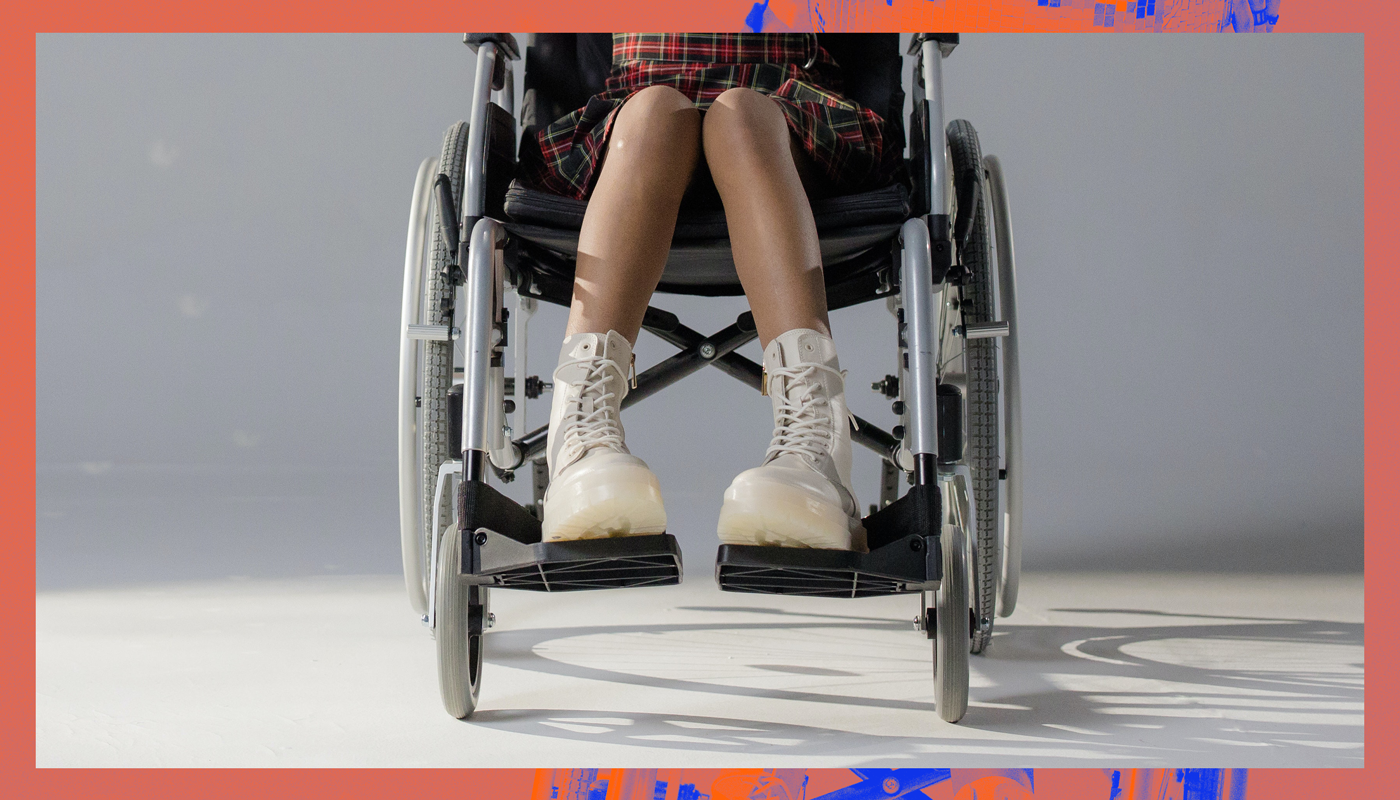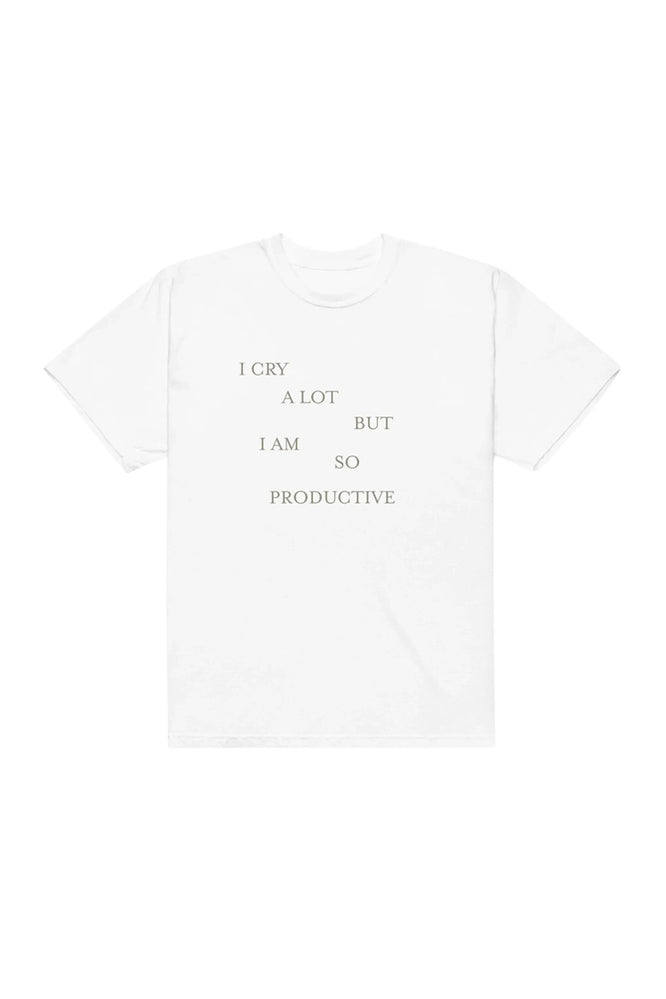Last month Carson Briere, a senior student-athlete at Mercyhurst University, was hanging out with two of his friends and fellow student-athletes Sullivan’s Pub and Eatery when he pushed a person’s wheelchair down a flight of stairs, breaking it. Sydney Benes, the wheelchair’s owner and a student at Slippery Rock University, had gotten out of her chair to use the bathroom, which was located in the bar’s basement and accessible only by stairs. The entire incident was captured on the bar’s security cameras.
Sydney was a regular. The staff knew her, were friends with her, and had a system in place to assist her when she needed to use the restroom. The bar was a safe space for her. Speaking from personal experience as a disabled person, I don’t have a lot of safe spaces. The few I have I cherish. With a mere push, Carson Briere did so much more than just damage a wheelchair.
What happened last month was not a one-time incident. There is a dangerous epidemic in this country of individuals and institutions disrespecting, dehumanizing, and destroying mobility devices. To quote Sydney Benes in an interview she gave to YourErie.com after the incident, “We are treated like things, like second-class citizens, we’re not treated with respect.”
What happened to Sydney happens all the time – not just when it goes viral on Twitter because the individual at fault was the son of an NHL executive. It’s not infrequent that I learn someone in the disabled community – often a friend – has had their wheelchair damaged, lost, or destroyed by an airline or in another careless, preventable incident.
What does make this instance different is the fact that we know who did it. We know their face, we know their name, and we have a video confirming the pure callousness of the act. This irrefutable evidence showing Mr. Briere pushing the wheelchair is perhaps why he was one of the rare individuals held accountable: Briere and Patrick Carrozzi, a lacrosse player who stood with Briere at the top of the stairs, were charged last month with three misdemeanor charges of criminal mischief, criminal conspiracy to commit mischief and disorderly conduct. On April 4, Briere was officially removed from the Mercyhurst hockey team (though he immediately entered the transfer portal).
Despite those accountability measures, we need to continue talking about this. Because the loss and destruction of a person’s mobility device – whether it is a wheelchair, a cane, a walker, or a scooter – has real-world repercussions that those who are non-disabled do not understand. These repercussions can be fatal.
While I am a disabled person, I am not someone who uses a mobility device. For this story, I reached out to four activists in the disabled community, Rebecca Cokley, the first disability rights program officer at the Ford Foundation, Danielle Frank, Little People of America’s Program Director, Emily Ladau, author of Demystifying Disability: What to Know, What to Say, and How to be an Ally and Emily Voorde, Associate Director of NEWCO strategies and former Associate Director in the White House Office of Public Engagement under President Biden, to talk about what happened, its impact, and what needs to change.
The reactions to the video, unsurprisingly, were mixed. As Emily Voorde said, who I should mention had her wheelchair broken by an airline and is still waiting for a replacement more than a month later, “For every comment or tweet I saw from the disability community expressing understandable outrage, there were comments and tweets from people who chose ignorance – minimizing Sydney’s hurt and pain, questioning why this was so problematic, why she was at the bar in the first place, and victim shaming.” Unfortunately, this kind of reaction is normal. We live in a society that has constructed an environment that is structurally and inherently ableist, and the way that society treats the disabled community has been normalized over generations.
I also asked people to analyze Mercyhurst University’s response to the incident, which stated:
Mercyhurst University has heard a considerable outcry regarding the social media video of student Carson Briere showing him pushing an unoccupied wheelchair down a flight of stairs. Mr. Briere today issued a statement taking responsibility for his actions, and in doing so, he recognized his behavior reflects a “serious lack of judgment” and that he is “deeply sorry.” The actions displayed in the video make our hearts heavy and fall short of our Mercy belief in the inherent dignity of each person. We pray for and are in solidarity with the victim and all persons with disabilities who rightfully find actions like this to be deeply offensive. Our Mercy tradition also reminds us that students and all people who make poor choices deserve opportunities to learn, change behaviors, and atone for harmful actions.
As Danielle Frank put it: “Mercyhurst University, in their statement, took no accountability. There was no indication of disability training for their students nor any indication that Briere will be facing any actual consequences.”
What they did take note of was the fact that the chair was unoccupied, which some say minimized the severity of what happened. Emily Ladau said she saw people making the [false] comparison that what Mr. Briere did was comparable to damaging an empty car while it was parked. Let me make this clear: If you damage a wheelchair or any other mobility device – regardless of whether or not the person is in it or using it – you are causing direct harm to a person.
While Sydney said she was able to repair her chair and donate proceeds from a GoFundMe to others in need, many are not able to seek the same solutions.
For some, the loss or destruction of a person’s wheelchair could lead to a loss of life. In October of 2021, Engracia Figueroa, a prominent advocate for disability rights, died after an airline damaged her wheelchair. It was a chair that was built for her body to meet her access needs. The 51-year-old advocate’s chair was destroyed in cargo, and she developed fatal health complications as a result of an ill-fitted replacement.
Mobility devices are an extension of one’s body. The problem is that our society and its laws rarely recognize them as such. According to police, Briere and Carrozzi were charged because their actions “posed a potential danger to anyone coming up the stairs, while also creating a hazardous condition by blocking the staircase.” These charges – while fitting the crime – do not necessarily hold Briere and Carrozzi accountable for the full damage they caused. Why? Because there are no laws on the books that treat the assault on a mobility device as an assault on the person. And why is that? Because there is still a fundamental misunderstanding of disability.
When asked how to define the relationship between a disabled person and their mobility device, Emily Voorde defined it as “incredibly personal, incredibly unique, incredibly empowering in a way that is not able to be understood by non-disableds.” Rebecca Cokley went further, stating, “A damaged wheelchair could mean that one loses custody of their children, that because you may have to miss class or work that you are kicked out of school or fired.” And as Engracia Figueroa’s family understands, a damaged chair can set off a series of events that end in tragedy.
So what needs to change so these incidents get the national attention and criminal punishment they actually warrant? There certainly need to be stronger civil and/or criminal ramifications. As defined by the Department of Justice a hate crime is “a crime motivated by bias against race, color, religion, national origin, sexual orientation, gender, gender identity, or disability.” In all my conversations, people pointed out that a mobility device is clearly a visible representation of a disabled person’s identity. The predominant symbol of the community is the wheelchair. And whether or not the individual, entity or institution was intending to cause harm, they were targeting someone because they were disabled.
Disabled people are not being hyperbolic when we say that these devices are an extension of our bodies. They enable us to communicate. They are life-sustaining.
The disabled population is the world’s largest minority, and it is one that anyone can join at any time. One in four people living here in the United States has a disability. Yet the fact remains that we live in a society that is inherently ableist and that often fails to comprehend the fact that all issues are disability issues.
What will it take for people to finally start listening? We’ve seen what happens when Gen Z and Millennials shine a light on issues that the mainstream media chooses to ignore. When we see what happened to Sydney happen again, because it happens nearly every day, we all need to be talking about it. We need to amplify disabled voices.
We need to make it clear that there are too many lives at stake for people to continue to choose ignorance.










































